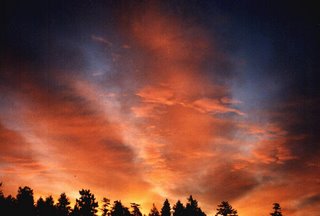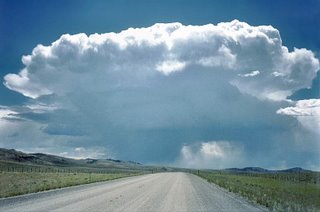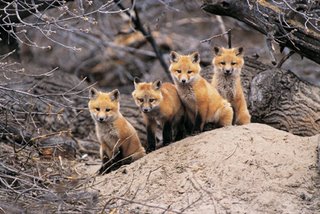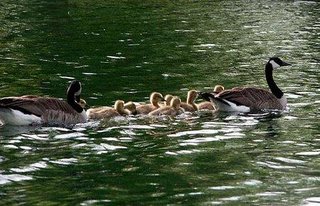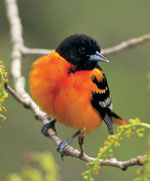
Tonight I'm An Orphan
by Esteban R. Arellano
Tonight
I miss standing on the curve
of the world,
feet planted in dark earth,
moist between my toes,
and Coyote calling a shivering,
a lilting moon
dissolving in God's mouth.
Tonight I miss
the fields,
hoe in hand,
Sparrowhawk rippling the sphere,
light spinning infinite.
Tonight I miss
the terrestrial being
who understood
we were sons and daughters
of the universe
and spirit, air we breathed.
In the city of big shoulders,
the world does not curve,
my feet are uprooted,
light is finite.
Tonight I miss being your son, father.
Tonight I miss being your son, mother.
Tonight I am an orphan
dissolving
in God's mouth.
---
I started this post over three weeks ago, got swallowed up in too much life and I'm finally getting around to finishing it. The bird pictured is a kestrel -- commonly called a sparrowhawk.
I remember the first time I saw a kestrel. It was down south of River Falls on a autumn Sunday afternoon road cruise. Earlier that morning I had been randomly flipping through a bird guide a friend gave me the previous Christmas. I happened to hit the page with the kestrel and thought it was a very beautiful bird and one that I did't remember every seeing.
Out on a road cruise with one of my college roommates, we came to a T in the road and on the fence post sat a kestrel. I said to my roommate "look a kestrel!" He said he'd never seen one before. I said I had never seen one either.
"How did I know it was a kestrel," he asked
"I saw it in my bird book just this morning."
Today I call them grouchy hawks, because they sit on the power lines along country roads and, well, look grouchy to me. However, this year was different.
I'd been looking and looking for grouchy hawks sitting on the power wires on my drives down the county and town roads between Hudson, River Falls and New Richmond. In past years, I would see these sparrow-sized birds daily on the wires. Not this year. That was the original intent of this post -- to point out the disappearance of the kestrels in my neighborhood. However, over the past few weeks, I've started to see kestrels on the wires in certain areas. This is good news, but I'm used to seeing them all over the place.
On a related note, a few weeks back, people were mentioning to me they were seeing "lots of red birds" around the house. Five or six people told me this. I said those are cardinals and added that we too were seeing numerous cardinals in our area. We tended to see them move in the fall and winter, along with blue jays, after the other song birds have flown south.
I have no idea what these observations mean in ornithological terms, but at least it's something worth noting. Maybe I usually see the kestrels in late July and into August. I can say for sure. I'll have to wait till next year to find out. I may not have a cellphone, but I am paying attention to what's up with the grouchy hawks in my neighborhood.
View more photos of birds of prey.



